China’s Policymakers Call for Urgent Steps to Tackle Solar Market Challenges
Authorities and policymakers have called for urgent action to resolve severe competition and other weaknesses in China’s solar market, where prolonged overcapacity has exerted downward pressure on prices and triggered financial losses across the industry.
At a symposium organized by China’s Ministry of Industry and Information Technology on Thursday, MIIT minister Li Lecheng emphasized the urgent need for comprehensive governance to address disruptive price-cutting and market instability. He urged photovoltaic manufacturers to enhance product quality, support the phased elimination of outdated capacity, and commit to innovation-driven and sustainable development.
Li also highlighted the importance of maintaining quality and safety standards, expanding international cooperation, and accelerating the adoption of next-generation PV technologies. He also called upon industry associations to act as bridges between enterprises and regulators, reinforcing self-discipline and contributing to the formation of a sound industrial ecosystem.
In light of the prolonged downturn and deep-rooted structural challenges in the solar market, the meeting centered on “regulating low-price and disorderly competition in accordance with laws and regulations” and “promoting the orderly exit of outdated production capacity,” according to official statements released via MIIT’s WeChat account and local media reports.
Executives from 14 leading PV companies and representatives from key industry associations participated in the event. Senior executives from major domestic solar firms at the event included Liu Hanyuan, Tongwei chairman; Zhu Gongshan, GCL chairman; Li Dongsheng, TCL Zhonghuan chairman; Li Xiande, Jinko Solar chairman; Gao Jifan, Trina Solar chairman; Zhong Baoshen, LONGi chairman; and Yang Aiqing, JA Solar executive president. These executives exchanged views on corporate operations, technological innovation, market competition and the development of a healthier industrial ecosystem.
While no official transcripts or detailed action plans for addressing overcapacity have been released, industry sources disclosed that a key item discussed was the potential reduction of China’s polysilicon production capacity from over 3 million metric tons to approximately 1.4 million mt by 2030—a reduction exceeding 50%.
According to one insider, upstream production cuts are especially critical. Unlike midstream and downstream segments, where operating rates can be adjusted more flexibly in response to demand, polysilicon manufacturers face high fixed costs and limited adaptability, making production reductions more challenging.
Recent government initiatives to address market challenges
China’s solar industry has been plagued by overcapacity for nearly two years, resulting in supply chain product prices consistently falling below production costs. Amid a lack of effective market mechanisms to eliminate surplus capacity, administrative intervention is increasingly seen as necessary.
At its sixth meeting on July 1, the Central Financial and Economic Affairs Commission called for targeted efforts to address key challenges. These include the enforcement of legal and regulatory mechanisms to curb disorderly price competition, improving product quality, and promoting the systematic phasing out of obsolete production capacity. The meeting also called for government procurement and bidding practices to be standardized, the reinforcement of fair reviews in tendering, and more disciplined local investment promotion.
As China’s highest-level economic policymaking body, the Commission’s guidance is expected to shape the strategic long-term direction of the PV industry.
Reinforcing this stance, People’s Daily, the official newspaper of the Central Committee of the Communist Party of China, published an editorial on June 29 stressing the urgency of correcting excessive industry competition. The article proposed measures, such as cracking down on low-quality and low-priced products, and improving resource efficiency to support high-quality development.
In a related development in early May, market reports suggested that China’s top six polysilicon manufacturers — under the authorities’ coordination — were exploring a joint initiative to acquire and consolidate excess production capacity. Multiple sources told OPIS that discussions about this initiative are ongoing. Some companies have reportedly submitted preliminary proposals to government agencies, although the major unresolved issue remains the sourcing of acquisition capital.
Industry skeptical over market reaction
Recent administrative actions appear to be having some impact on market sentiment. According to OPIS data, the China Mono Premium — OPIS’ price assessment for mono-grade polysilicon used in N-type ingot production — was assessed at 34.225 yuan/kg ($4.787/kg) on July 8, reflecting a week-on-week increase of 0.74%. This marks the price index’s first upward movement since Jan. 14 this year.
Still, industry stakeholders have expressed skepticism about the sustainability of the price rebound, given persistently high inventory levels and weak demand. One upstream participant attributed the increase to temporary policy-driven pressures rather than fundamental supply-demand changes. “Prices can only rise sustainably if excess capacity is addressed first,” the source said.
Another market observer echoed this concern, warning that any premature price recovery may prompt producers to increase output in a bid to recoup losses, potentially worsening oversupply. “The effectiveness of these administrative measures depends heavily on their enforcement. Coordinating the interests of numerous stakeholders through regulatory channels remains a major challenge,” the source noted.
–Reporting by Summer Zhang, szhang@opisnet.com; Editing by Mei-Hwen Wong, mwong@opisnet.com
